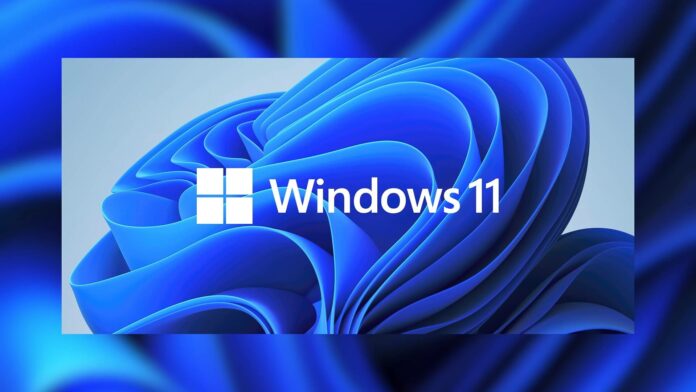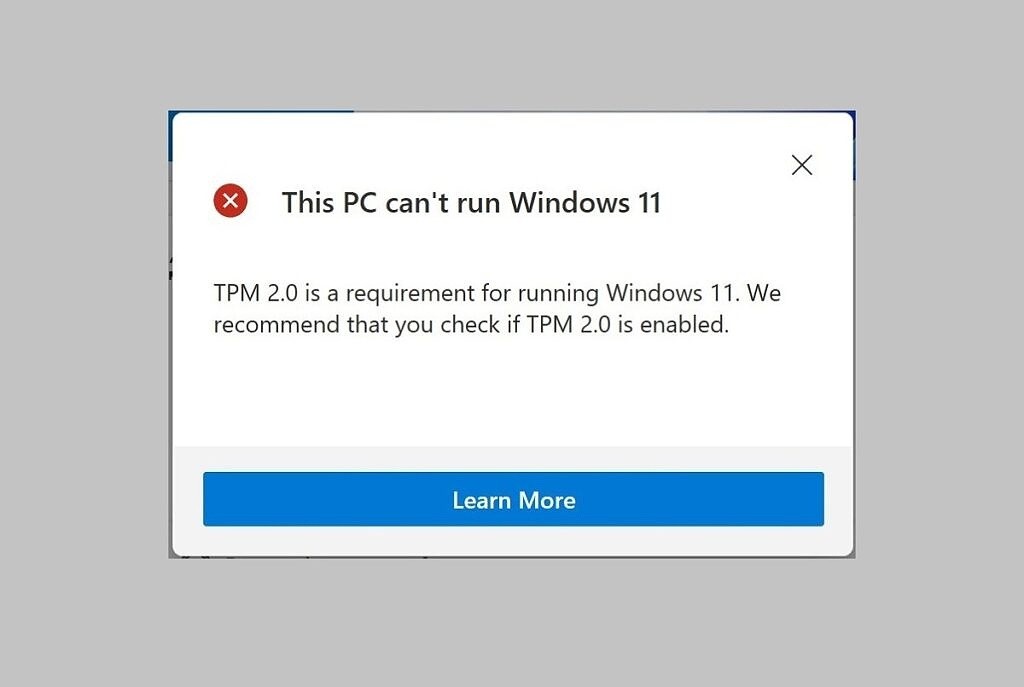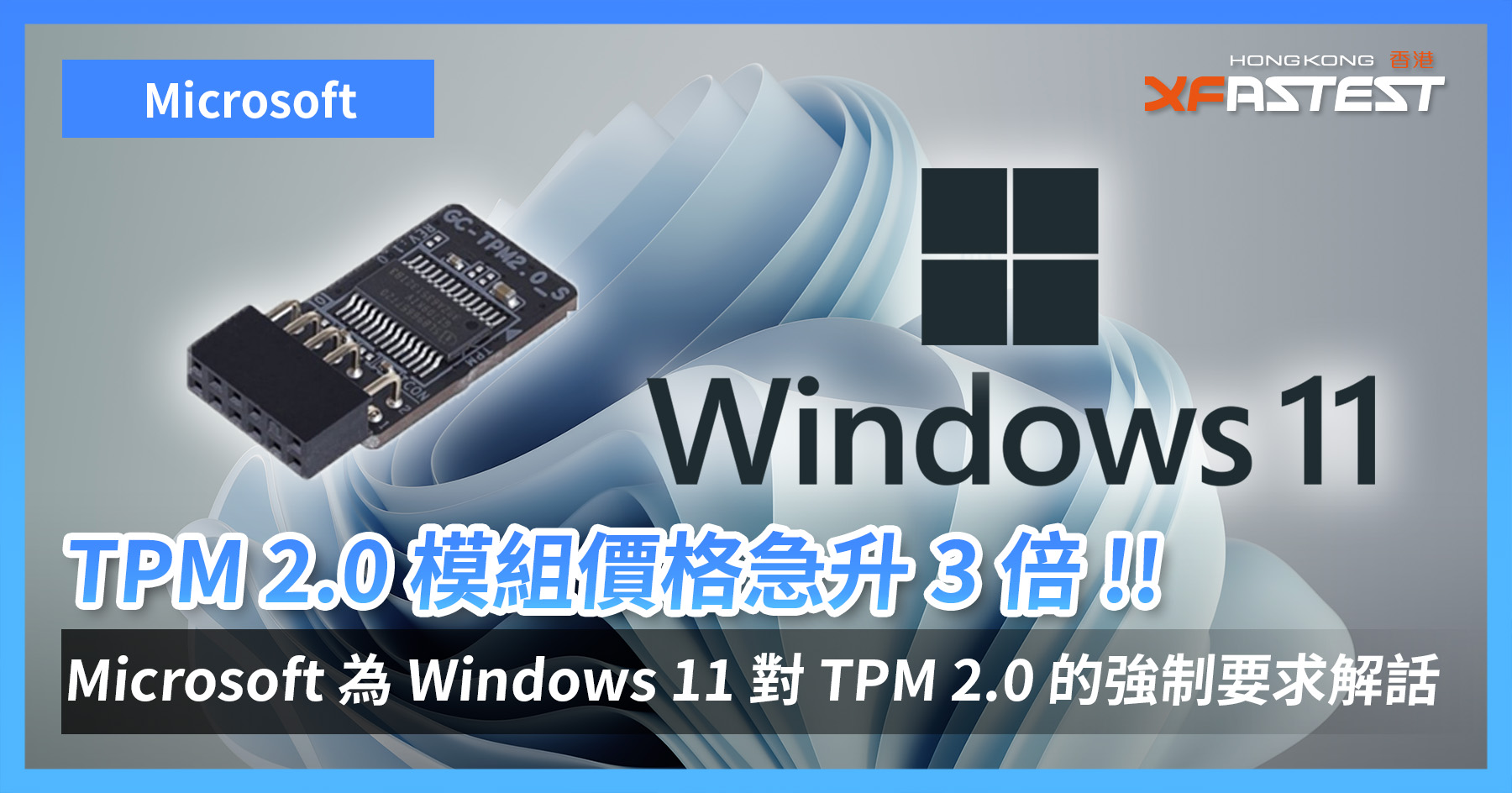

But you can see if your system has a TPM chip and whether it’s enabled or not. Sadly, the Windows Health Check app does not provide any information on this front. But if it’s the latter, the culprit in most cases is the TPM chip. If it’s the former, there’s nothing else to do. You’d get one of the two messages from ‘This PC can run Windows 11’ or ‘This PC can’t run Windows 11’. Click the ‘Check now’ button to see if you can install Windows 11 when it rolls out. Once the installation is complete, make sure the box for ‘Open Windows PC Health Check’ is checked, and click the ‘Finish’ button. Follow the steps on the wizard to install the app. Go to your downloads and double-click the app to run the installation wizard. The fastest way to find out if your system is compatible is to use the PC Health Check App from Microsoft. You can easily check if your system is compatible without going into the details of TPM on your computer. As long as a system has at least TPM 1.2, TPM will not be a problem in installing Windows 11. Note: Even though Microsoft recommends TPM 2.0, it’s not the actual minimum requirement.

And most people are undoubtedly wondering if their system has this TPM 2.0 chip. It is a secure crypto-processor that carries out cryptographic operations on your computer.

What exactly is this TPM 2.0? TPM, or Trusted Platform Module, is a chip in your computer that provides hardware-based, security-related functions on your system.

Windows 11 will be a free upgrade, and the minimum requirements for your system to be able to install it aren’t that far off from Windows 10. Microsoft has finally announced Windows 11, and even though it won’t launch until later this year, the software giant did release the compatibility requirements for the new Windows version.


 0 kommentar(er)
0 kommentar(er)
